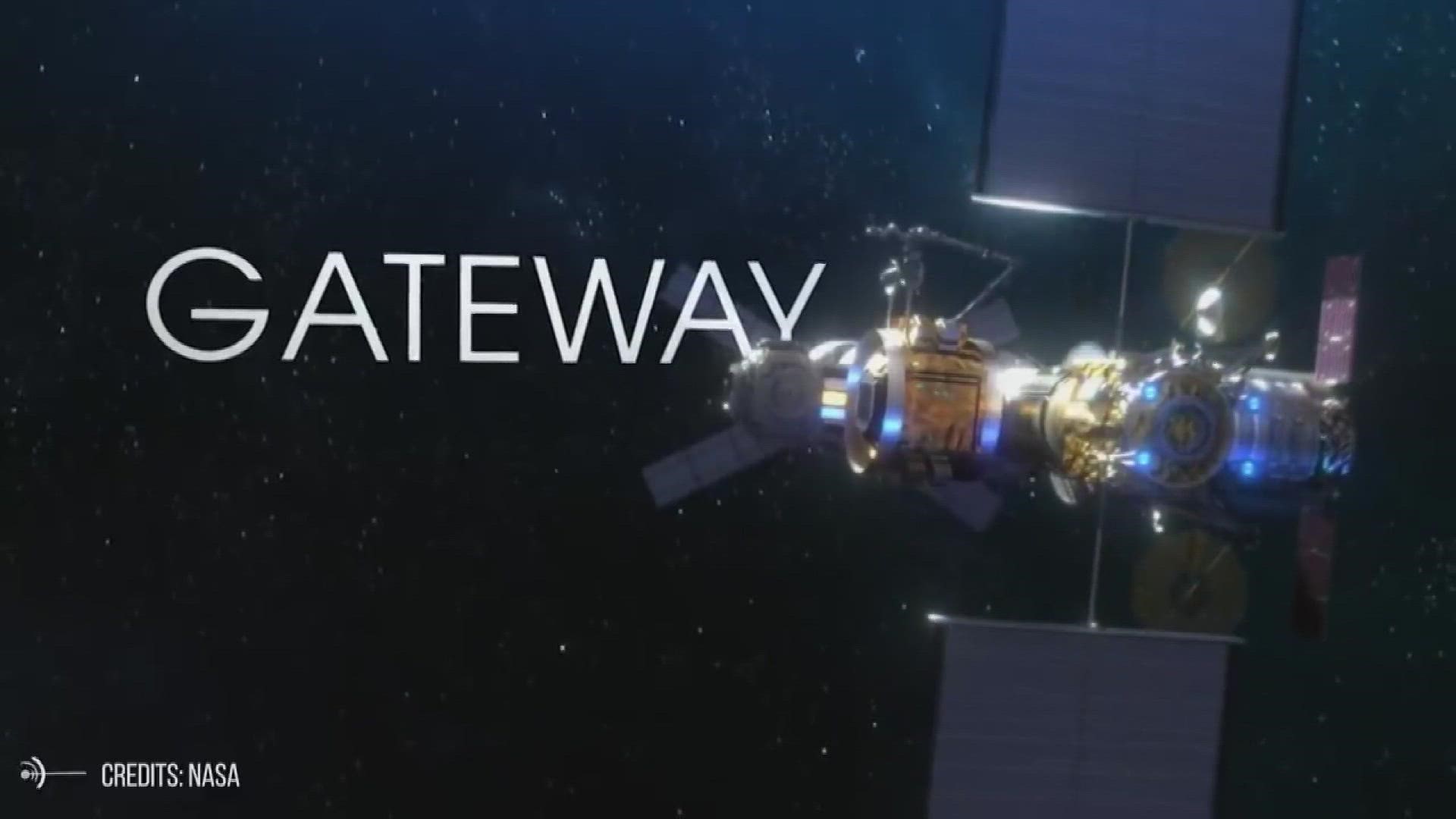WESTMINSTER, Colo. — The trip to the moon, for the next round of astronauts, will not be a nonstop flight. There will be a layover at a space station called Gateway.
The path that Gateway will take as it orbits the moon will be highly elliptical and complex, relying on the influence of both the moon and the Earth at the same time.
That orbit, called near rectilinear halo orbit (NRHO) exists in a zone called cislunar space, which is essentially the volume between geostationary orbit and the moon's orbit.
NRHO has never been attempted before, so that's where a microwave oven-sized satellite called CAPSTONE comes in.
“CAPSTONE is the Cislunar Autonomous Positioning System Technology Operations and Navigation Experiment," said Bradley Cheetham, CEO of Advanced Space in Westminster, Colorado. "We take a lot of pride in that acronym, so I want to make sure we get that out there.”
He said that CAPSTONE will be a pathfinder, testing out NRHO and mapping the route that Gateway will one day travel.
CAPSTONE is scheduled for launch on May 27, from New Zealand.
“So to have CAPSTONE there will help us understand the exact dynamics of that orbit better," NASA Deputy Administrator Pam Melroy said during her visit to Colorado Thursday. "[It will] allow us to operate Gateway highly efficiently. That’s very important when you send something that far away.”
Cheetham said the best way to describe CAPSTONE’s ability, is that it’s like GPS in space. That's very appropriate coming from Colorado.
“GPS, if you really think about it, is a gift that Colorado has given to the world," he said. "In terms of the spacecraft that have been designed here, the launch vehicles that have carried them, the ground segment that’s operated here.”
He said it's only fitting that now Colorado will extend GPS to space.
It could take CAPSTONE more than six months to map and test NRHO, but even after its work is done, the satellite's GPS-like technology will continue to contribute to NASA's Moon missions and Mars missions.
That's part of the reason why NASA wants Gateway to be in NRHO. Besides the fact that the space station will rarely be out of communication range, they plan to launch robotic and crewed missions to Mars from the Gateway platform as early as 2033.
There may be quite a bit of traffic in lunar space, with spacecraft coming and going from Earth and the moon to connect with Gateway.
“It’s sort of like a social network effect, where the more spacecraft that participate, the better the solutions are and the more powerful the system is,” Cheetham said. "So as we see more and more missions, the system will just get better and better."
NASA has also started building some of the pieces that will make up the Gateway space station. If the program stays on track, it is tentatively scheduled to begin assembly in November 2024.
RELATED: Colorado scientist included in NASA's first-ever mission to redirect the path of an asteroid
SUGGESTED VIDEOS: Latest from 9NEWS

